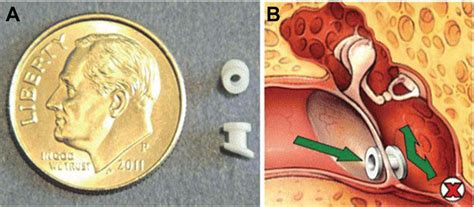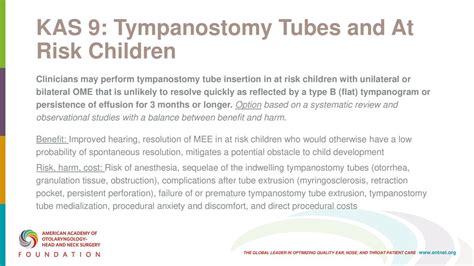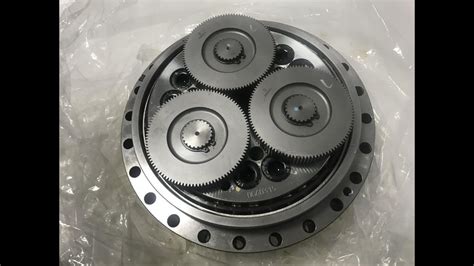Intro
The importance of tympanostomy tubes in adults cannot be overstated. While often associated with children, tympanostomy tubes can also play a crucial role in managing ear problems in adults. For individuals suffering from recurring ear infections, ear fullness, or hearing difficulties, tympanostomy tubes can provide much-needed relief. This article aims to delve into the world of tympanostomy tubes in adults, exploring their benefits, working mechanisms, and the steps involved in the procedure.
As we navigate the complexities of ear health, it becomes clear that tympanostomy tubes are a vital tool in the management of various ear-related conditions. From otitis media to eustachian tube dysfunction, the applications of tympanostomy tubes are diverse and far-reaching. By understanding the intricacies of these tiny tubes, adults can better appreciate the impact they can have on their overall quality of life. Whether you're struggling with persistent ear discomfort or seeking to alleviate hearing difficulties, this article will provide you with a comprehensive understanding of tympanostomy tubes and their role in adult ear care.
For many adults, ear problems can be a source of significant distress and discomfort. The constant feeling of fullness, the nagging pain, or the frustrating hearing difficulties can all take a toll on one's daily life. It's essential to recognize that ear problems are not something to be taken lightly and that seeking medical attention is crucial in addressing these issues. Tympanostomy tubes offer a beacon of hope for those struggling with ear-related conditions, providing a safe and effective solution for managing symptoms and improving overall ear health.
Tympanostomy Tubes: What Are They?

How Do Tympanostomy Tubes Work?
The working mechanism of tympanostomy tubes is relatively straightforward. By creating a small opening in the eardrum, the tube allows air to enter the middle ear, equalizing the pressure on both sides of the eardrum. This helps to alleviate symptoms such as ear fullness, hearing difficulties, and discomfort. Additionally, the tube provides a conduit for fluid to drain out of the middle ear, reducing the risk of infection and promoting healthy ear function.Benefits of Tympanostomy Tubes in Adults

Indications for Tympanostomy Tubes in Adults
Tympanostomy tubes are typically recommended for adults experiencing recurring ear infections, eustachian tube dysfunction, or other ear-related conditions. Some common indications for tympanostomy tubes in adults include: * Otitis media (middle ear infection) * Eustachian tube dysfunction * Chronic ear fullness or discomfort * Hearing difficulties or tinnitus * Barotrauma (ear damage caused by changes in air pressure)The Procedure: What to Expect

Post-Procedure Care and Follow-Up
After the procedure, it's essential to follow the post-procedure care instructions provided by the healthcare professional. This may include: * Avoiding water exposure or using earplugs when bathing or swimming * Avoiding strenuous activities or heavy lifting * Taking medications as prescribed to manage pain or discomfort * Scheduling follow-up appointments to monitor progress and remove the tubes when necessaryPotential Risks and Complications

Minimizing Risks and Complications
To minimize the risk of complications, it's essential to: * Follow post-procedure care instructions carefully * Attend scheduled follow-up appointments * Monitor for signs of infection or complications * Seek medical attention immediately if symptoms persist or worsenConclusion and Next Steps

We invite you to share your thoughts and experiences with tympanostomy tubes in the comments below. Have you or a loved one undergone the procedure? What were your results, and what advice would you give to others considering tympanostomy tubes? Your input and insights can help others make informed decisions about their ear health.
What are the most common indications for tympanostomy tubes in adults?
+The most common indications for tympanostomy tubes in adults include otitis media, eustachian tube dysfunction, chronic ear fullness or discomfort, hearing difficulties or tinnitus, and barotrauma.
How long do tympanostomy tubes typically stay in place?
+Tympanostomy tubes can stay in place for several months to a few years, depending on the individual's condition and the type of tube used.
Can tympanostomy tubes be used in conjunction with other treatments or therapies?
+Yes, tympanostomy tubes can be used in conjunction with other treatments or therapies, such as antibiotics, nasal decongestants, or hearing aids, to manage ear-related conditions and promote overall ear health.
